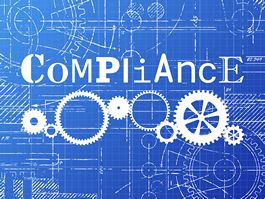Compliance
This capacity building phase of EPBD implementation has included the role of technical standards, RD&D projects, calculation methods, setting energy performance targets, software systems development, training and examinations, codes of conduct, registration systems, energy performance certification and database development and management. The following three Position Papers focus on the elements and experiences in training, tools development, the roles of manufacturers of construction materials, equipment and services, and the role of RD&D programmes and activities. The ultimate goal of this phase was to ensure the readiness of industry (and the authorities) to achieve compliance.
| No. | Position Paper | Indicative elements |
| 1 | Training, tools and resources for designers, specifiers, trades and regulators to assist compliance, including skills registration systems |
|
| 2 | Roles of manufacturers and suppliers of construction products and services |
|
| 3 | Role of research, development and demonstration (RD&D) programmes |
|
ECBC has defined prescriptive and performance based approaches to achieve compliance for a project. Both the approaches have been evaluated with respect to ease of implementation, skill requirement, cost and time investment to achieve compliance. Standard templates to achieve compliance have been developed to expedite the process of compliance for any project. Awareness – Several programmes have been conducted on compliance mechanism of ECBC. Guidelines for ECBC communication and implementation plans
| No. | Guideline | Short Description |
| 1 | ECBC communication strategy, for implementation, with government officials, private sector and students | The approach for every stakeholder was different. We accessed the needs of each and every and accordingly designed the words of communication for implementing ECBC in states. Like public sector needs the smooth and transparent process of compliance so worked in the direction. Similarly for students we designed the examples with real time projects. |
Advice for training, certification and implementation plans
| No. | Topic | Short Description |
| 1 | Plan for relevant stakeholder training modules | The specific training modules are developed for stakeholders which addresses the compliance and implementation approach of ECBC for particular stakeholder. The training modules can be developed 1-2 hour session wise rather then having full day exhaustive sessions. This helped in addressing specific requirements of the stakeholder for ECBC implementation plans. |
Guide and ECBC compliance & certification
– Draft ECBC notification guide has been prepared. – Templates for following have been developed:
- Data collection for situation assessment;
- Data collection template for demonstration projects;
- Data analysis template for demonstration projects;
- Data output template for demonstration projects;
- Report format for demonstration projects.
– Reporting mechanism for ECBC compliance and energy performance shall be developed and aligned with EMIS developed by BEE.



